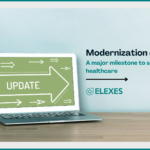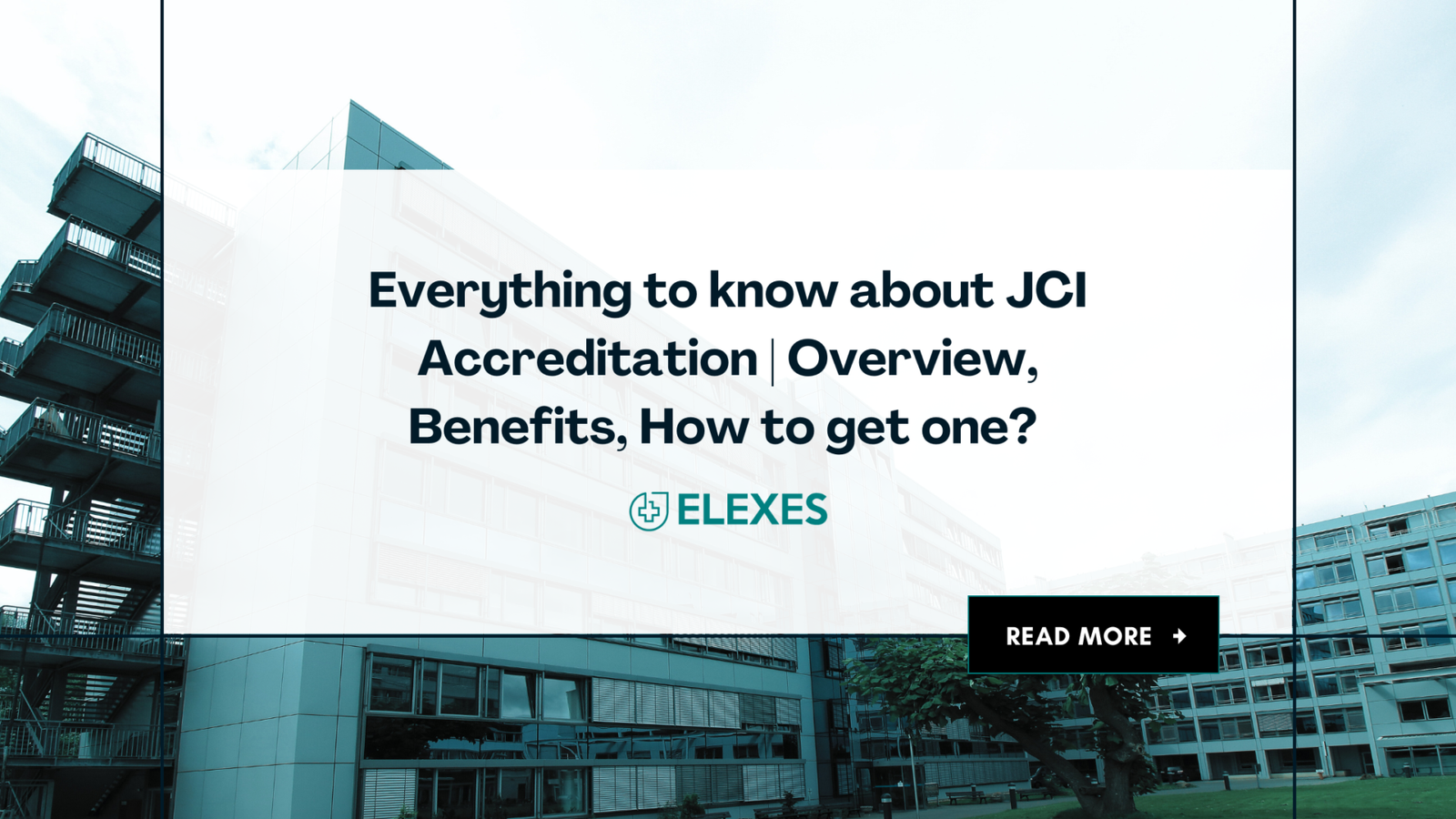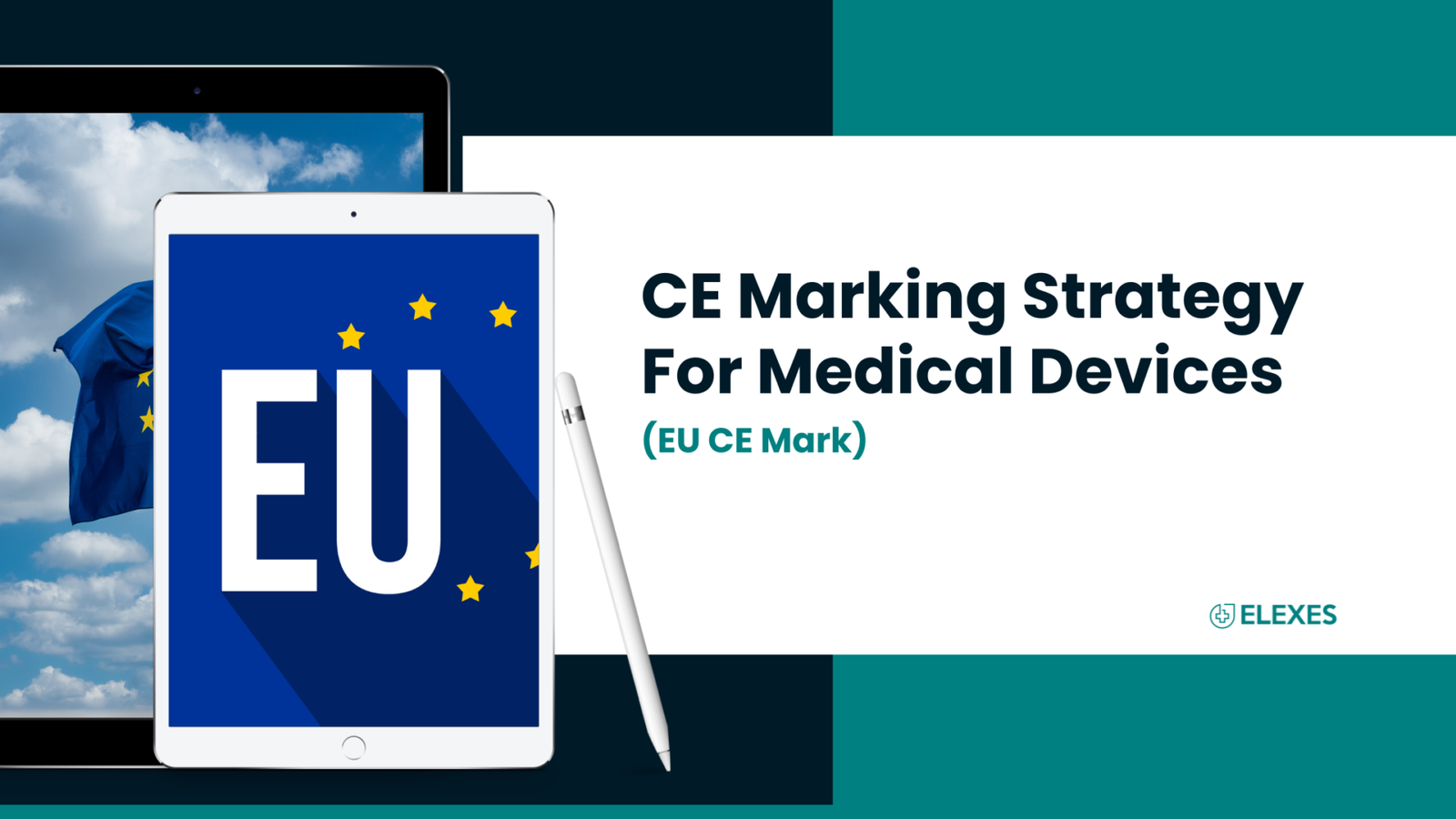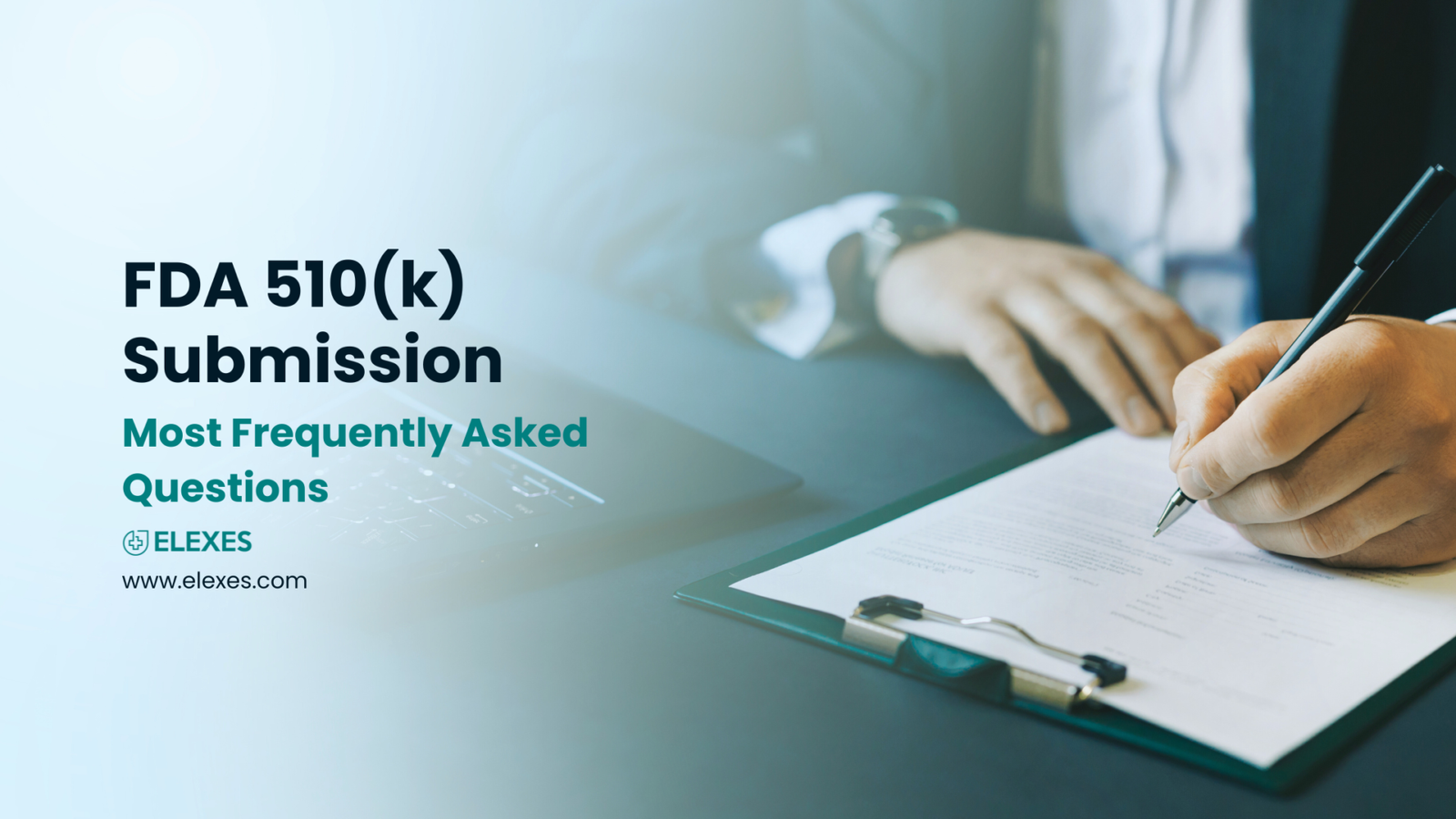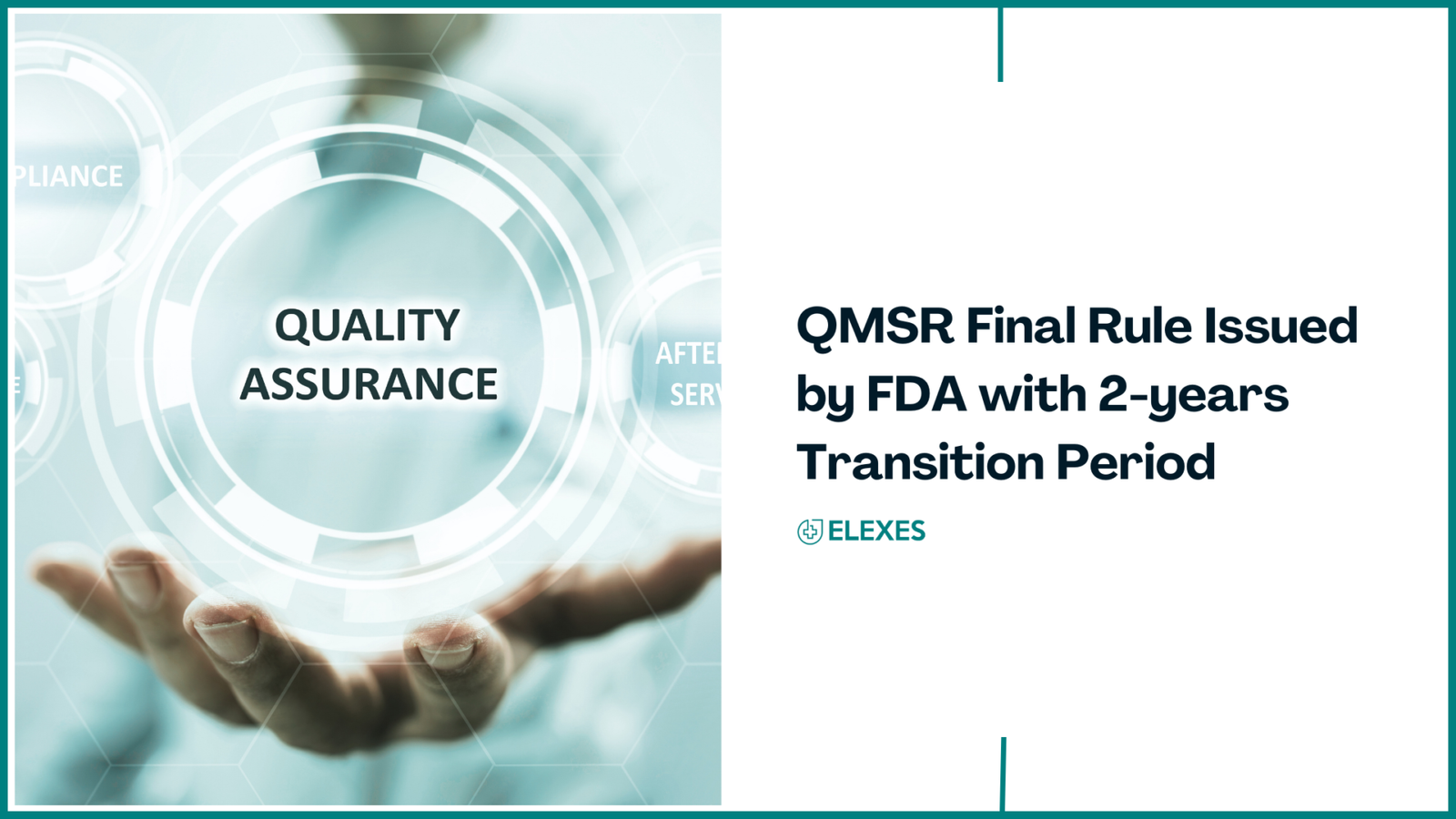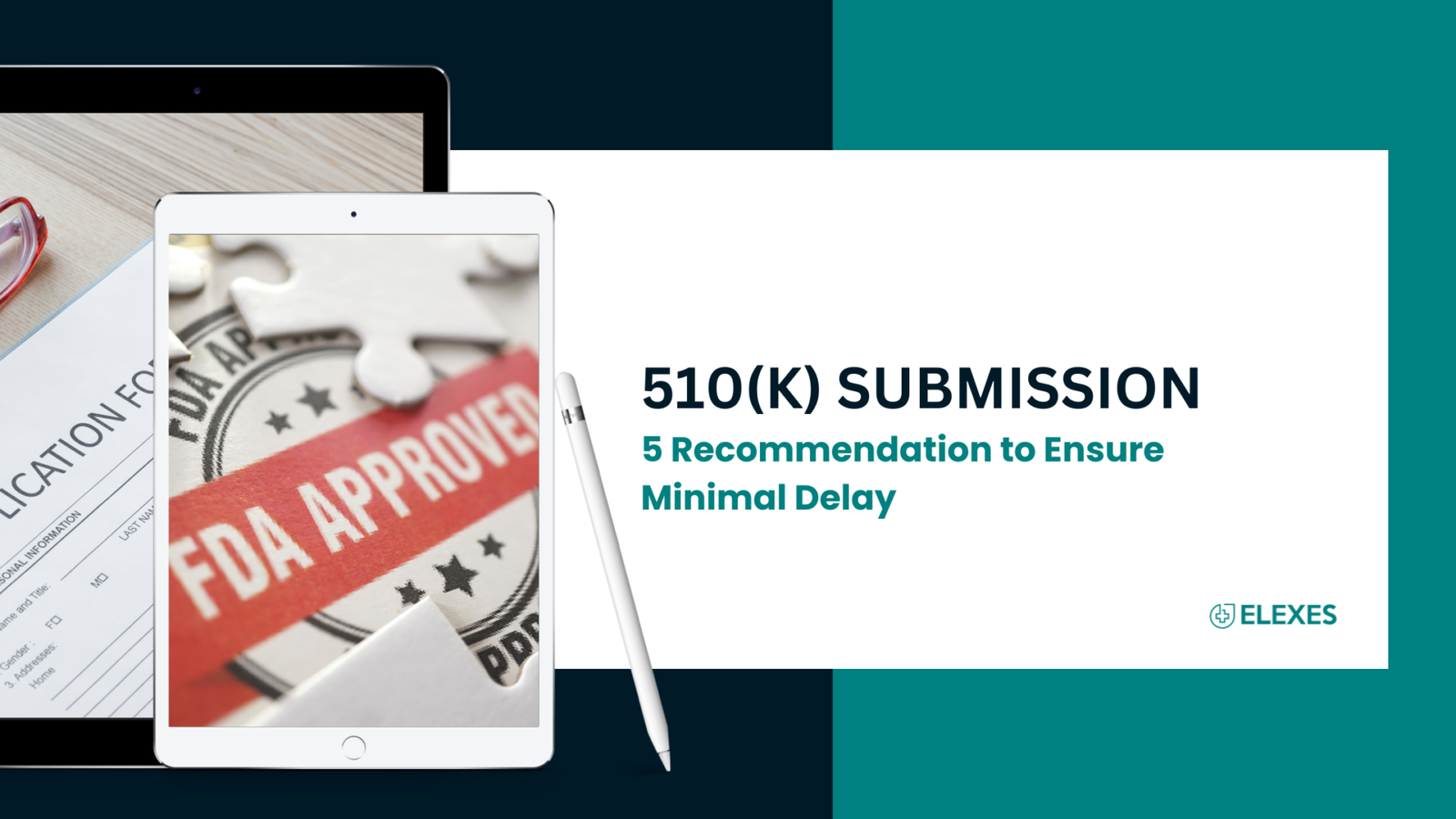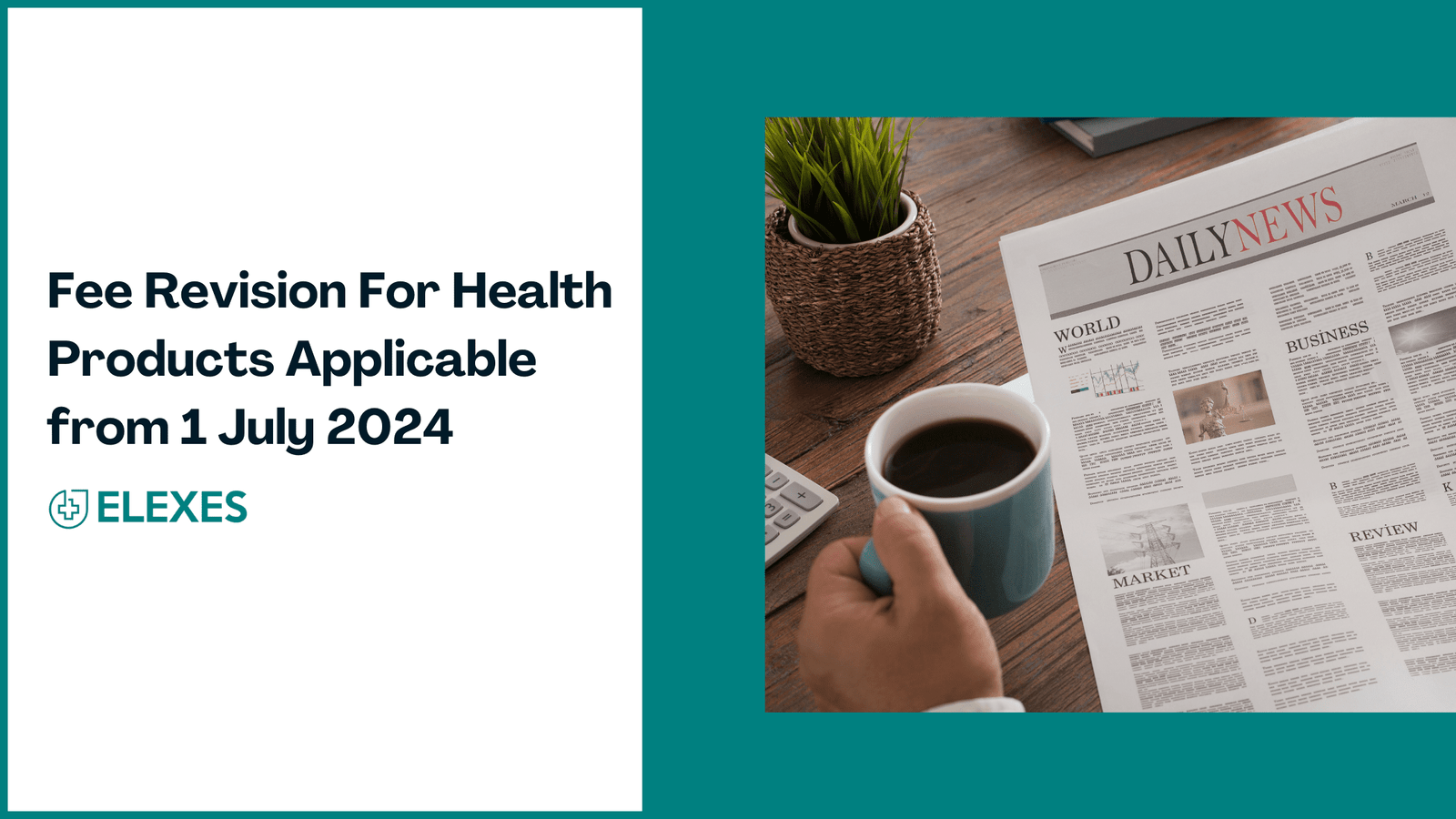

A Clinical Evaluation Report (CER) is a detailed record that assesses the clinical information associated with a medical device. It is a crucial component of the regulatory submission process for medical devices in many countries, particularly in the European Union (EU) where it is required under the Medical Device Regulation (MDR) and the In Vitro Diagnostic Medical Device Regulation (IVDR).
What is the purpose of CER?
A CER is used to provide evidence of the safety and performance of a medical device based on clinical evidence gathered throughout its lifecycle, including pre-market and post-market data. The report should show that the device’s benefits outweigh its risks and that it meets its intended use and intended clinical purpose. The CER also needs to consider the advancements in the field and the available scientific literature.
What information is covered in a CER?
A typical Clinical Evaluation Report includes the following components:
🔘 Device Description: A comprehensive account outlining the medical device, its specific characteristics, and its designated purpose.
🔘 Clinical Data: A review and analysis of clinical data obtained from various sources, including clinical investigations, post-market surveillance, scientific literature, and other relevant sources. Consider including an overview of the therapeutic or diagnostic claims along with supporting information, clinical benefit and associated outcomes, summary of clinical data and appraisal, data analysis to demonstrate conformity with relevant GSPR.
🔘 State of the Art: A summary of the current state of the medical field in which the device operates, including similar products, treatments, and practices. This shall include benefits and risks of alternatives to device under review.
🔘 Risk Assessment: An assessment of potential risks related to the device and its use, and a discussion of risk management measures in place.
🔘 Clinical Evaluation Plan: An outline of the methodology used to collect, analyze, and assess clinical data.
🔘 Clinical Data Analysis: A critical review of the gathered clinical data, focusing on the device’s safety, performance, and effectiveness.
🔘 Conclusions: A summary of the findings from the clinical evaluation, including whether the device’s benefits outweigh its risks.
🔘 References: A list of all the sources used in the report, including scientific literature, clinical trial reports, and other relevant documents.
💡The content and structure of a CER may differ depending on the type of medical device, its classification, and the regulatory requirements of the country or region where it will be sold. As regulatory standards evolve, the process of creating a CER has become more rigorous to ensure that medical devices on the market are reliable for patients and users.
How to develop/prepare a CER for Medical Devices?
Preparing a Clinical Evaluation Report (CER) for medical devices is a comprehensive process that requires careful planning, data collection, analysis, and documentation. Following is the stepwise process for the preparation of a CER.

● Understand Regulatory Requirements
Get acquainted with the regulatory criteria for CER in the specific market(s) where you plan to distribute the medical device. Regulations might differ based on regions, so ensure you’re aware of the respective guidelines.
● Identify Scope and Objectives
Precisely outline the scope of your CER. Identify the medical device, its intended use, and the specific claims you want to make about its safety and performance. Set clear objectives for the CER to guide your process.
● Collect Clinical Data
Gather all the relevant clinical data from different sources like:
- Clinical investigations and trials
- Post-market surveillance data
- Published scientific literature
- Complaints and adverse event reports
- Competitor analysis
● Conduct a Literature Review
Thoroughly review scientific literature related to the medical device, its class, and its therapeutic area. Identify relevant studies, articles, and reports that provide insights into the device’s safety and efficacy.
● Perform Risk Assessment
Identify and assess possible risks related to the device’s use. Evaluate risk mitigation strategies and consider the impact of risk on patient safety and device performance.
● Data Analysis and Synthesis
Analyze the collected data, focusing on safety, performance, and clinical effectiveness. Synthesize the data to draw meaningful conclusions about the device’s benefits and risks.
● State-of-the-Art Analysis
Evaluate the current state of the medical field to place your device within the context of existing therapies, treatments, and similar devices. Emphasize the differences between your device and the alternatives currently accessible.
● Draft the CER
Organize the collected information into a structured report:
- Device description and intended use
- Clinical data sources and methodology
- Data analysis and risk assessment
- Literature review findings
- State-of-the-art analysis
- Conclusions and overall device performance assessment
● Risk Management and Clinical Evaluation Plan
Outline the strategies and processes in place to monitor and manage risks associated with the device’s use. Describe how ongoing clinical evaluation will be conducted post-market.
● Expert Review and Approval
Have your CER reviewed by experts in relevant fields, including clinicians, regulatory professionals, and statisticians to make sure of accuracy, completeness, and alignment with regulatory requirements.
● Update the CER
Regularly update the CER as new clinical data becomes available, especially after post-market surveillance activities or significant changes to the device.
● Submit to Regulatory Authorities
If required by regulatory authorities, submit the CER as part of your medical device registration or approval process. Follow the submission guidelines and include all necessary supporting documents.
● Document Control
Maintain proper documentation of all versions of the CER, any updates, and the supporting data sources. This ensures traceability and accountability.
● Periodic Review and Updates
Continuously monitor and assess the device’s clinical performance. Update the CER as needed, particularly if new clinical data emerges or if there are changes to the device or its intended use.
💡Remember that the process of preparing a CER can be complicated and requires a significant amount of time, especially in heavily regulated markets. It's advisable to involve experienced regulatory professionals, medical experts, and clinical evaluators to ensure your CER meets the required standards and effectively demonstrates the safety and performance of your medical device.
Required Updates in Clinical Evaluation Report
Updating a Clinical Evaluation Report (CER) is essential to ensure that the information remains accurate, up-to-date, and reflective of the device’s ongoing clinical performance. Regulatory authorities, such as those in the European Union (EU) under the Medical Device Regulation (MDR) or In Vitro Diagnostic Medical Device Regulation (IVDR), require manufacturers to maintain an updated CER throughout the device’s lifecycle.
What are the key situations that may trigger updates to a CER (Clinical Evaluation Report)?
● Post-Market Surveillance (PMS) Data
As you collect post-market surveillance data, adverse event reports, and feedback from users, incorporate this new information into your CER. This helps to monitor the device’s actual performance and resolve any emerging concerns related to safety.
● Clinical Data from New Studies
If you conduct additional clinical investigations or trials to gather more evidence on your device’s safety and performance, include the results in your clinical evaluation report (CER). New studies can provide valuable perspectives that lead to a more detailed evaluation.
● New Scientific Literature
Continuously review and analyze new scientific literature relevant to your device and its therapeutic area. If new studies or reports impact your device’s safety or performance assessment, update your CER accordingly.
● Changes to Device Design or Intended Use
If you make significant modifications to the device’s design, materials, or intended use, these changes might affect its safety and performance characteristics. Update the CER to reflect the impact of these changes.
● Feedback/Requests from Regulatory Bodies
If regulatory authorities or notified bodies provide feedback or request additional information about your device’s clinical evaluation, address their concerns and update the CER as necessary.
● New Regulatory Requirements
If there are changes in regulatory standards or guidelines that impact the requirements for clinical evaluation reporting, update your CER to align with the latest regulatory expectations.
● Labeling Changes
If changes to the device’s labeling, including indications for use or contraindications, are made, these changes may warrant an update to the CER to ensure consistency.
● Changes in Risk Assessment
Reassess the risk assessment for the device periodically or in response to changes. If new risks are identified or the risk profile changes, update the CER to reflect the updated risk assessment.
● Post-Market Surveillance Plan (PMSP) Updates
If there are changes to your PMSP, which outlines how you will collect and analyze post-market data, update the CER to reflect these changes and ensure that the monitoring remains appropriate.
● Annual Product Reviews
Conduct regular reviews of your device’s performance and safety data. Use these reviews as opportunities to update the CER with new findings and insights.
● Product Recalls or Safety Alerts
If your device experiences a recall or safety alert due to concerns about its performance or safety, update the CER to address these issues and provide an accurate assessment.

Conclusion
It’s important to maintain a robust system for tracking changes and updates to the Clinical evaluation report, along with the reasons for those changes.
Additionally, consider having a dedicated team or responsible individuals who are knowledgeable about the device and its clinical performance to oversee the CER updates and ensure that they are timely and accurate. For more details, reach out to us at connect@elexes.com.
Share This :
Elexes Team
Elexes medical consulting is one of the leading regulatory & compliance consultant for several industries: Medical device, Pharmaceuticals, Cosmetics, Food, and Biologics.


